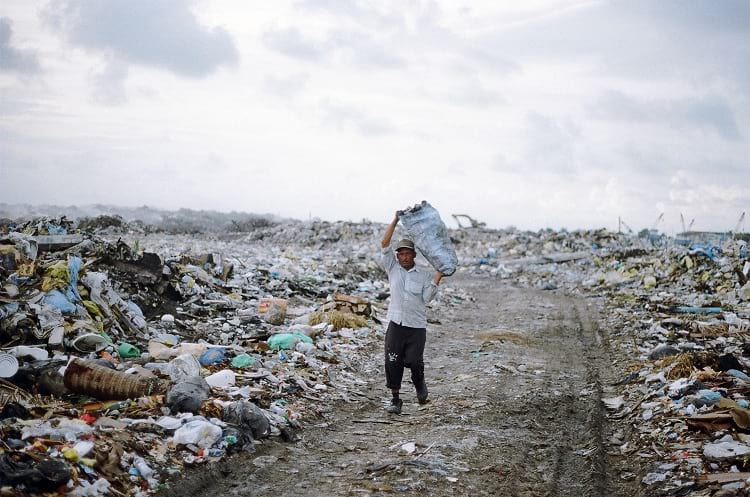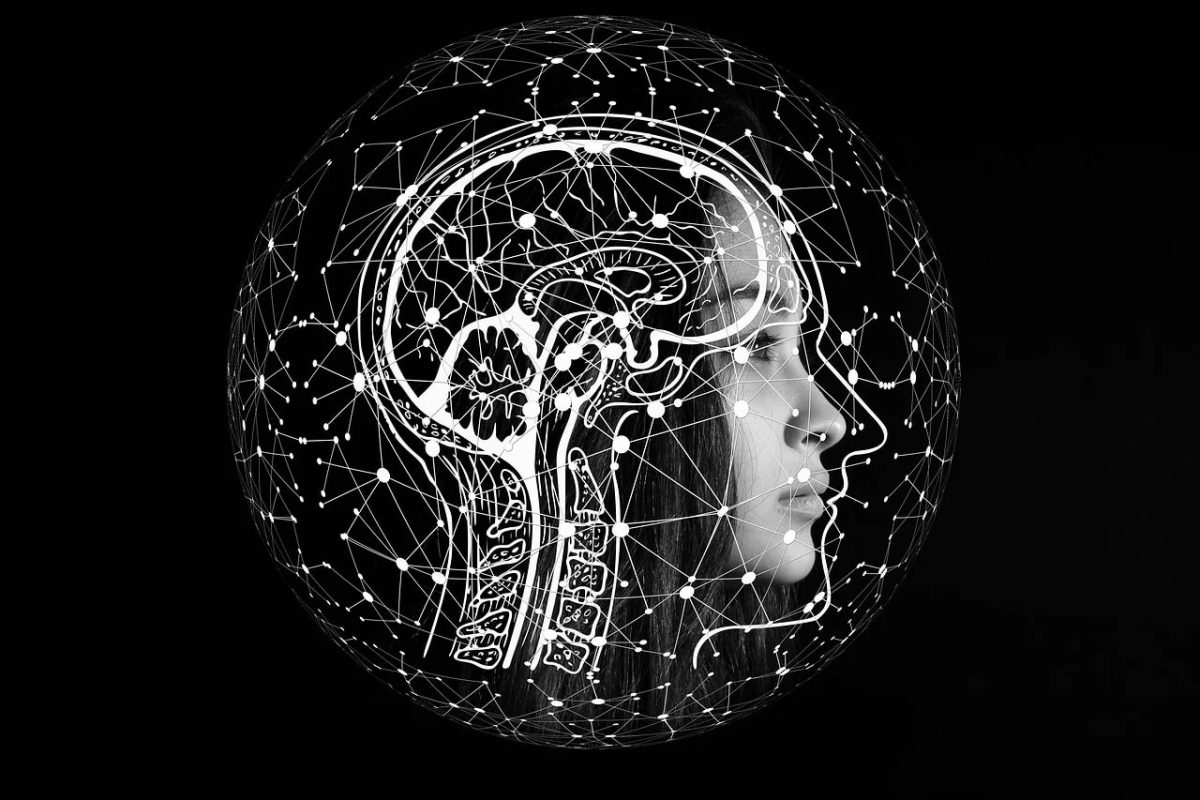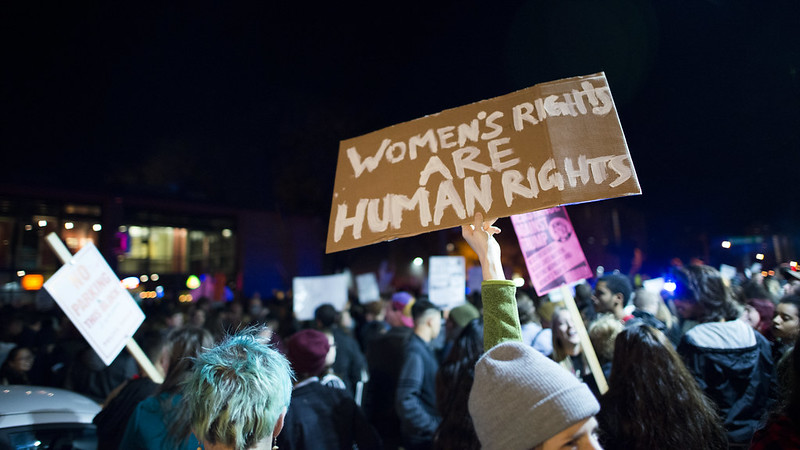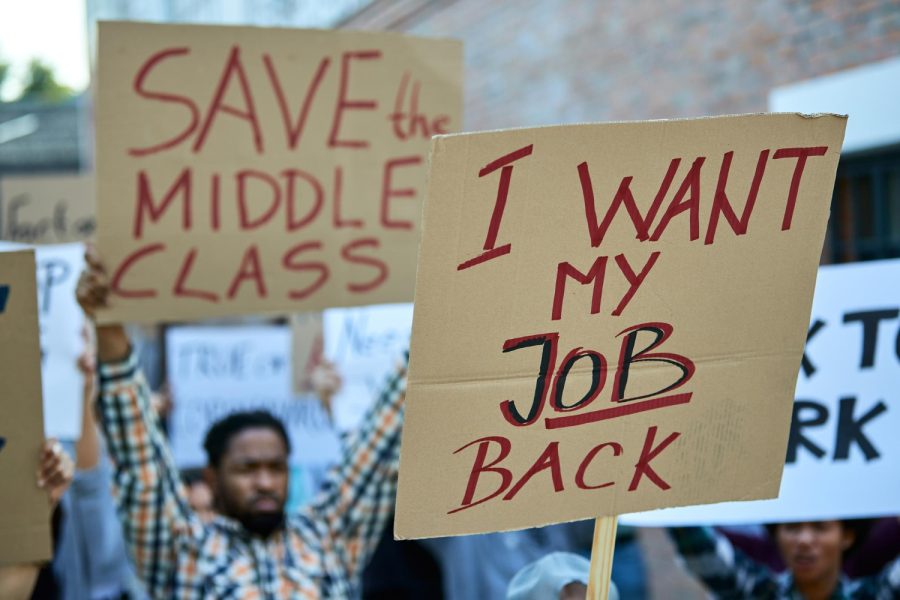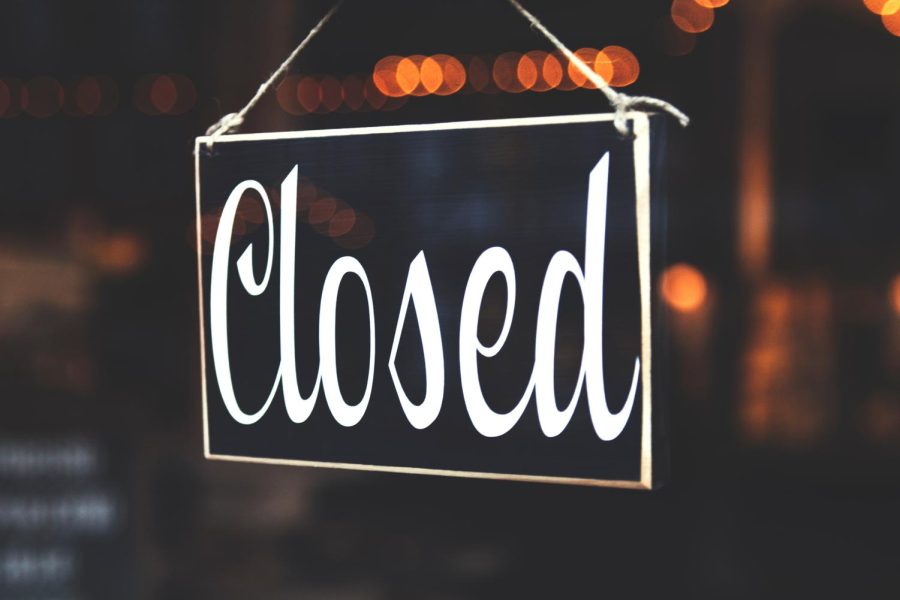BY ALLISON CELMER
Worldwide, four trillion plastic bags are used each year. A million plastic bottles are purchased per minute. 25 billion Styrofoam coffee cups are thrown out each year by Americans alone.
Animals, humans, and the environment are suffering. As an active plastic addict, I sought out on my personal journey to finally take responsibility for “everyone else’s” problem by cutting out plastic for 30 days.
We are living in a convenience culture. Plastic cups allow for a quick iced coffee on the go, single-use utensils are there if we need a fork for our salads, and plastic water bottles are a quick grab-and-go feature.

Yet after using multiple plastic cups for drinks topped with plastic lids and straws, I had an epiphany. I was doing nothing to prevent the growing problem of plastic pollution I knew was affecting the environment. Therefore, for 30 days, I cut out all single-use plastics. I bought Stasher bags to put my sandwiches in instead of using plastic baggies, and brought my own silverware, bags, cups, and water bottles everywhere I went.
But, why? Why is it so necessary that we all make changes?
Animals are dying. Throwaway living has made plastic the cheaper option for everyone, and no consumer feels like they are hurting anyone by using it. However, according to USA Today, plastic bags are smothering the “surface of coastal sediment, [preventing] oxygen and nutrient flow, and [blocking] light.” This is killing off microalgae: the base of the food web. The plastic in the ocean also prevents marine life from digesting food, causing them to often starve to death. Not only this, but due to human overuse of plastic, there is an entire island in the Maldives for trash, appropriately named Garbage Island. It is here where waste piles up and is burned, creating a toxic smoke that fills the air.
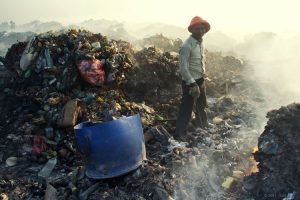
where garbage is burned, sending noxious fumes into the air. Hani Amir via Flickr
But if you can’t make changes for the animals, do it for yourself. Plastic has a new friend: micro-plastic. A 2018 study finds that micro-plastics, pieces of plastic smaller than .2 inches in length, are found in 94% of water samples in the United States. Although the risk of affecting humans currently is low, there is danger that chemicals will leach off these micro-plastics during gut passage.
Also, remember in 2009 when the world decided that BPA was awful? Unarguably, it is bad for us. BPA acts as an endocrine disruptor, which is when chemicals mimic the actions of our hormones and disrupt them, causing cancer, birth defects, and developmental problems. Yet the replacement chemical used in many non- BPA water bottles is found to be just as bad. BPF, which has been known to harm the health of rats and zebra fish, leaches out of plastics at “amounts 10 times higher than the levels that leach from BPA-based plastics.” Looking for a solution to avoid these chemicals? Ditch the plastic water bottles.
After my personal challenge, my whole mindset has dramatically changed. It seems now that my plastic blinders have been lifted. Every time I walk into a room, I notice how much plastic is being used. I am very aware of my own usage, and have been continuing to limit it by bringing my own cups, reusable lunch bags, utensils, and water bottles everywhere. I even realized I feel a little guilty when I’m not prepared and use plastic. After 30 days, my efforts have become a habit that I never want to change.
Yet I realized the biggest thing I failed to cut out was plastic from food. Almost all food is packaged in plastic, from vegetables to crackers. Since I had to eat, I was unable to remove the plastic in this aspect.
Although I felt guilty about this, I shouldn’t. Kim Reagent, an environmentalist who received her PhD in Polymer Engineering, stated that food packaged in plastic is not the problem. In fact, it’s necessary. Less than 2g of plastic can package a cucumber, extending the shelf life by 11 days. For a steak, the shelf life is extended by 26 days, food waste is prevented, and CO2 emissions decrease. She argues that even in general, plastic isn’t as bad as it can be made out. So what is the problem, then? Us. The problem begins when people litter and plastics end up in our ocean. It is entirely the consumers fault.
But, don’t fret! There are solutions, starting with the most basic: reduce, reuse, recycle. Recycling is a great way to prevent plastic from ending up in the ocean. According to Sherill Baldwin, representative at the CT Department of Environmental Energy Protection, only certain types of plastic can be recycled. Polyethylene, which makes up plastic bags and film, is the most desirable and it breaks down the easiest, whereas polystyrene, styrofoam, cannot be recycled. However, recycling is a great way to offset the four pounds of trash that Connecticut residents individually generate per day. Robert Martin, Director of Public Works for the Town of Canton, said that recycling has actually been mandatory since 1991 in CT. Thankfully, recycling efforts have been increasing, with this year’s residents recycling 35% of materials as compared to 31% in 2018. Due to education and a worsening problem, people are taking more action.
As helpful as recycling is, it is not enough. There is more we must do. If you are not able to completely cut out plastics like I did, make small changes. Start by bringing your reusable coffee cup everywhere. Vow to never use plastic water bottles. Pack reusable silverware in your lunch.
Small actions add up. One person inspires more action. From personal experience, I can testify that I now have friends and family members bringing their own reusable cups and living more plastic-free lives.
It is not someone else’s problem. It’s yours. It’s ours. And if we don’t all make these small tweaks in our lifestyles, not only will the animals die off, but our health will be at risk.
Let’s make it so that our kids know what it’s like to have fish and turtles swimming in the ocean and ditch the plastic.
Categories:
I went 30 days without plastic: here’s what happened
December 18, 2019
Plastic trash that does not get recycled ends up in huge landfills, such as Thilafushi Kuni Gondu in the Maldives. Dying Regime via Flickr.
0
